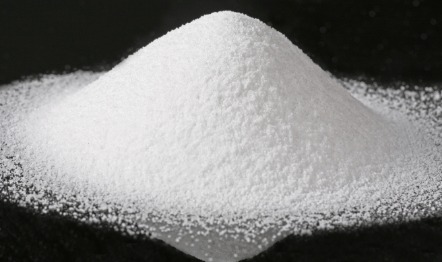IUPAC Name
Oxozinc
Cas Number
1314-13-2
HS Code
2817.00.00
Formula
ZnO
Appearance
White Solid
Common Names
Zinc Oxide Powder, Chinese White
Packaging
25 kg paper bag
Brief Overview
Zinc oxide is an inorganic compound with the formula ZnO. It is a white powder that is insoluble in water. It is a chemical or raw material for: pharmaceuticals, cosmetics, antiseptics, soaps, ointments, animal feed, chemicals derived from zinc, matches, paints, pigments, ceramics, adhesives, plastics, additives for rubber, tires, among others. Zinc oxide is present in the earth's crust as the mineral zincite. That being said, most zinc oxide used commercially is synthetic.
Manufacturing Process
It can be used electrolytic zinc available from approved suppliers to produce several grades of zinc oxide. In the production of French Process zinc oxide, zinc is melted, then vaporized and drawn into an oxidation chamber. Controlled conditions at the oxidation stage produce the particle size conforming to the individual grades manufactured. When cooled, the zinc oxide is collected, sampled, and analyzed to ensure conformity to grade specifications.The purity, consistency, and uniformity of particle size are assured through the application of statistical process control and quality assurance techniques. Our information system connects the quality assurance laboratory, production and sales departments.
Rubber and Plastic Compounds
Used in rubber and latex compounds as an activator in the curing and vulcanization process. Used as a reinforcing agent adding durability and abrasion resistance to compounds. Aids in protecting rubber and plastics (especially outdoor weathering polypropylenes) from harmful UV rays. Imparts heat resistance properties to various types of rubber and plastics compounds.
Specialty Chemicals
Zinc dispersions are used as ingredients in the vulcanizing of rubber. Zinc salts are used in the production of plastics. Zinc borate and zinc chlorides are used in flame-retardants. Zinc diacrylate is a key ingredient in the manufacturing of golf balls. Anti-corrosion materials such as zinc chromate and anti-wear additives such as zinc dithiophosphates for the lubricant industry are manufactured using zinc oxide. Zinc oxide can be dissolved in phosphoric acid for use in the coating and metal priming industry and in sulfuric acid for electroplating.
Paints and Coatings
Used in both water and solvent based formulations. It can be used as a pigment as well as an excellent brightener. Additive which absorbs UV rays to extend color retention. Excellent inhibitor of fungi, mildew and mold.
Ceramics and Glass
Used to manufacture glazes and acts as an opacifier or whitener. Its low coefficient of thermal expansion improves resistance to thermal and mechanical shock, most notably in glass. In the frit industry, zinc oxide enhances color and clarity. Zinc oxide’s high refractive index makes it an excellent raw material for manufacturing optical glass. The varistor and ferrite industries use zinc oxide to manufacture ceramic components which protect against lightning and voltage surges.
Pharmaceutical and Food
USP Zinc Oxide is used in the production of lotions, sunscreens, and diaper rash prevention creams. Cosmetic manufacturers use zinc oxide as a UV absorber. Zinc oxide is used by manufacturers of dietary supplements (essential for the human body) and is also used to manufacture zinc gluconate, now found in cold prevention lozenges.
Micro Nutrients
Essential micronutrient used in feed mixes and promotes proper growth in animals Used in the manufacturing of soil fertilizers. Zinc supplements have been shown to increase crop yields and can play a role in enzyme systems to regulate plant growth.
